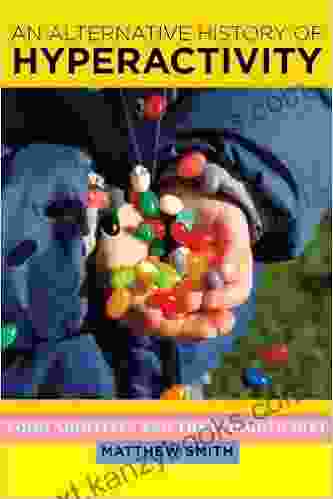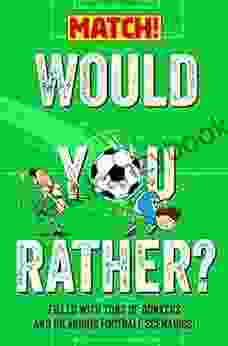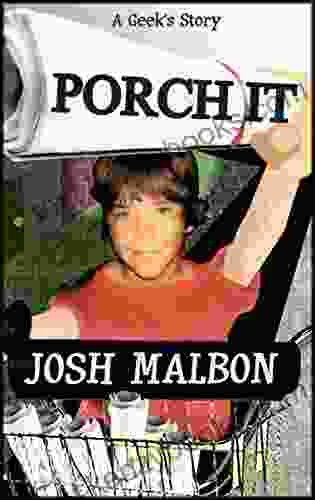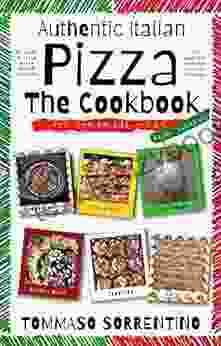An Alternative History of Hyperactivity: Uncovering the Hidden Narrative

4.1 out of 5
| Language | : | English |
| File size | : | 2460 KB |
| Text-to-Speech | : | Enabled |
| Screen Reader | : | Supported |
| Word Wise | : | Enabled |
| Print length | : | 262 pages |
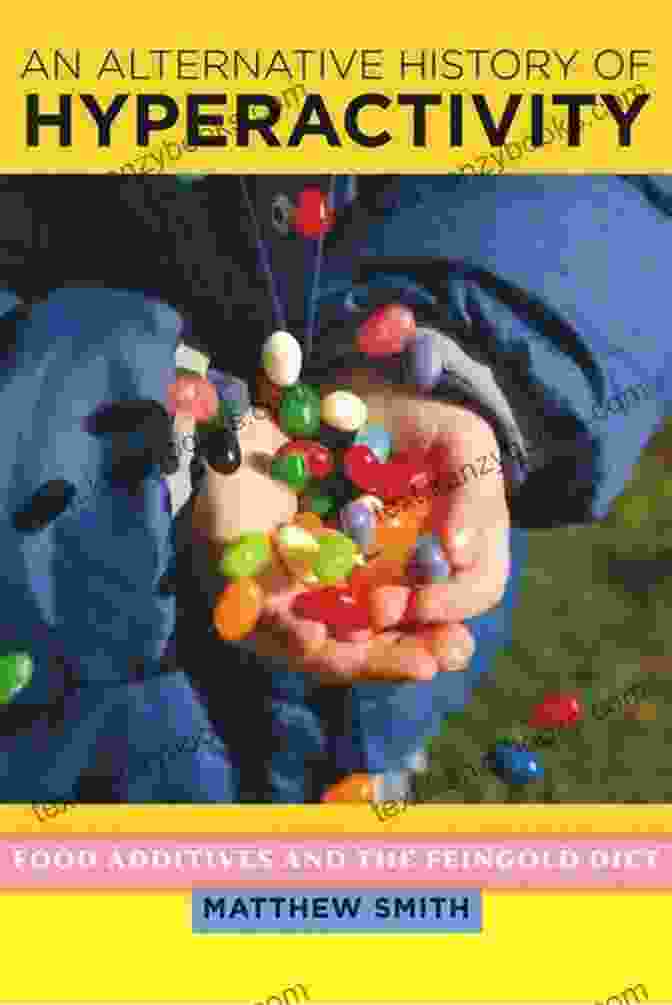
: The Overlooked Chapter in the History of Behavior
Hyperactivity, a condition often associated with restlessness, impulsivity, and difficulty concentrating, has been a subject of intense scrutiny and debate for decades. While the prevailing narrative has focused on its medical and genetic basis, a deeper exploration reveals an alternative history that challenges our conventional understanding.
This alternative history sheds light on the cultural, social, and historical forces that have shaped the perception and diagnosis of hyperactivity. By examining the evolution of societal norms, the influence of cultural expectations, and the medicalization of behavior, we can gain a more nuanced understanding of this complex phenomenon.
Chapter 1: The Cultural Roots of Restlessness
In the early 20th century, a new era of child-rearing emerged, emphasizing obedience, discipline, and conformity. This shift in cultural values placed a premium on安静, as children were expected to be seen and not heard. Those who struggled to conform to these expectations were often labeled as "restless" or "hyperactive."
The rise of industrialization and urban life further contributed to the cultural perception of hyperactivity. The fast-paced, structured environment of cities required children to adapt to a new set of rules and expectations, which could be challenging for those with more energetic or impulsive temperaments.
Chapter 2: The Medicalization of Behavior
In the 1950s and 1960s, the medicalization of hyperactivity began in earnest. Psychiatrists and psychologists developed new diagnostic criteria and treatments, often based on limited research and subjective observations. The use of stimulant medications, such as Ritalin, became increasingly common as a way to manage hyperactive behavior.
The medicalization of hyperactivity had a profound impact on the way children were perceived and treated. The diagnosis of ADHD became a gateway to a range of medical interventions, including medication, therapy, and special education. However, this narrow medical focus often overlooked the underlying cultural and social factors that could contribute to hyperactive behavior.
Chapter 3: The Social Construction of Hyperactivity
Social norms and expectations play a significant role in the diagnosis and treatment of hyperactivity. In different cultures and historical periods, what is considered "normal" or "abnormal" behavior can vary greatly. This social construction of hyperactivity has influenced the way it is diagnosed and perceived.
For example, in some cultures, a high level of physical activity or talkativeness is considered a sign of health and vitality, while in others it may be seen as a disruptive or problematic behavior. The social context in which a child lives can therefore have a significant impact on whether or not they are diagnosed with hyperactivity.
Chapter 4: The Impact of Stigma and Discrimination
The diagnosis of hyperactivity can carry a significant stigma, both for children and adults. People with ADHD often face discrimination and prejudice, which can affect their self-esteem, educational opportunities, and employment prospects.
This stigma stems from the misconception that hyperactivity is a sign of laziness, lack of willpower, or moral failing. It is important to challenge these harmful stereotypes and promote a more understanding and inclusive view of hyperactivity.
Chapter 5: Towards a More Nuanced Understanding
An alternative history of hyperactivity offers a fresh perspective on this complex condition. By understanding the cultural, social, and historical forces that have shaped our understanding of hyperactivity, we can move towards a more nuanced and compassionate approach.
This approach recognizes the importance of individual differences, cultural context, and the potential for environmental factors to contribute to hyperactive behavior. It also emphasizes the need for a holistic understanding of children and their behavior, rather than focusing solely on medical diagnosis and treatment.
: Rethinking Hyperactivity
The alternative history of hyperactivity challenges us to rethink our assumptions about this condition. By exploring the hidden narratives that have shaped its history, we can gain a deeper understanding of the complexities that surround it.
This revised understanding has the potential to transform the way we perceive and treat hyperactivity, moving away from narrow medical definitions and towards a more comprehensive and inclusive approach that embraces the diversity of human behavior.
In the end, the alternative history of hyperactivity is a reminder that our understanding of behavior is constantly evolving, and that the stories we tell about ourselves and others can have a profound impact on our lives.
Call to Action
Discover the hidden history and gain a deeper understanding of hyperactivity with "An Alternative History of Hyperactivity." Free Download your copy today and embark on a journey of enlightenment and transformation.
4.1 out of 5
| Language | : | English |
| File size | : | 2460 KB |
| Text-to-Speech | : | Enabled |
| Screen Reader | : | Supported |
| Word Wise | : | Enabled |
| Print length | : | 262 pages |
Do you want to contribute by writing guest posts on this blog?
Please contact us and send us a resume of previous articles that you have written.
 Book
Book Novel
Novel Page
Page Chapter
Chapter Text
Text Story
Story Genre
Genre Reader
Reader Library
Library Paperback
Paperback E-book
E-book Magazine
Magazine Newspaper
Newspaper Paragraph
Paragraph Sentence
Sentence Bookmark
Bookmark Shelf
Shelf Glossary
Glossary Bibliography
Bibliography Foreword
Foreword Preface
Preface Synopsis
Synopsis Annotation
Annotation Footnote
Footnote Manuscript
Manuscript Scroll
Scroll Codex
Codex Tome
Tome Bestseller
Bestseller Classics
Classics Library card
Library card Narrative
Narrative Biography
Biography Autobiography
Autobiography Memoir
Memoir Reference
Reference Encyclopedia
Encyclopedia Maurice Fernandez
Maurice Fernandez Sherwood Anderson
Sherwood Anderson Mary Corpening Barber
Mary Corpening Barber Pete Smith
Pete Smith Mia Olson
Mia Olson Scott Hathaway
Scott Hathaway Padmaraj Nidagundi
Padmaraj Nidagundi Yanko Tsvetkov
Yanko Tsvetkov Michael White
Michael White Matthew Allen
Matthew Allen Paul Zanon
Paul Zanon Martha Pelc
Martha Pelc Meg Farrell
Meg Farrell Paul Aurand
Paul Aurand Neil Douglas Klotz
Neil Douglas Klotz William Bottrell
William Bottrell Ruth Coker Burks
Ruth Coker Burks Neal D Barnard
Neal D Barnard Michelle Shy
Michelle Shy Mia Rose
Mia Rose
Light bulbAdvertise smarter! Our strategic ad space ensures maximum exposure. Reserve your spot today!

 Fletcher MitchellEmpowering Young Explorers: The Ultimate Guide to Adventure and Discovery in...
Fletcher MitchellEmpowering Young Explorers: The Ultimate Guide to Adventure and Discovery in...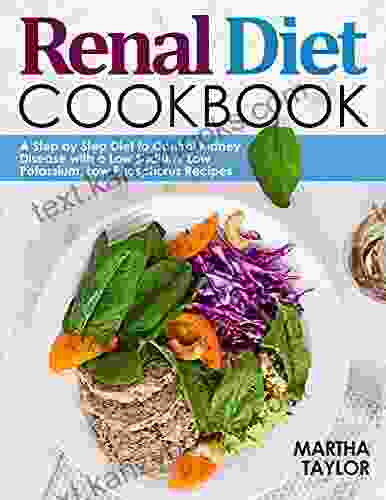
 Langston HughesUnlock the Secrets of Kidney-Friendly Cooking with the "Renal Diet Cookbook...
Langston HughesUnlock the Secrets of Kidney-Friendly Cooking with the "Renal Diet Cookbook... Reed MitchellFollow ·15.5k
Reed MitchellFollow ·15.5k John Dos PassosFollow ·19.7k
John Dos PassosFollow ·19.7k Garrett BellFollow ·14.6k
Garrett BellFollow ·14.6k Floyd RichardsonFollow ·4.9k
Floyd RichardsonFollow ·4.9k Kelly BlairFollow ·12.4k
Kelly BlairFollow ·12.4k Trevor BellFollow ·11.4k
Trevor BellFollow ·11.4k James HayesFollow ·19.7k
James HayesFollow ·19.7k Jean BlairFollow ·8.6k
Jean BlairFollow ·8.6k

 Craig Blair
Craig BlairUnveiling the Power of 35 Phytochemicals: Nature's Secret...
1. Anthocyanins (blueberries, cherries,...
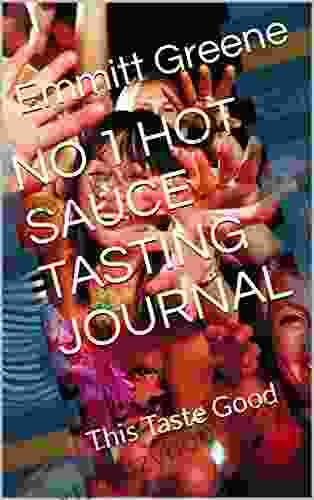
 Will Ward
Will WardNo Hot Sauce Tasting Journal: A Flavorful Journey for the...
Prepare your taste buds for an extraordinary...

 Dylan Hayes
Dylan HayesTo Cancer With Love: A Journey of Courage, Compassion,...
By Jane Doe When...
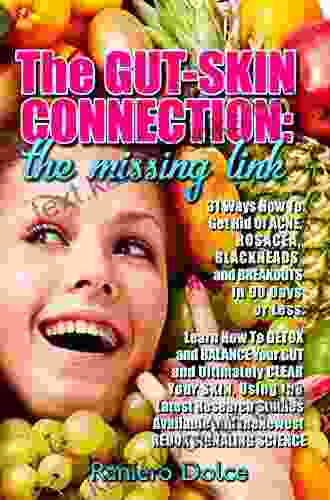
 Colton Carter
Colton CarterUnlock the Power of the Gut-Skin Connection: A Holistic...
Are you struggling with...

 Ian Powell
Ian PowellThe Art of Authentic Italian Pizza, Focaccia, and Sheet...
Rediscover the Flavors of...
4.1 out of 5
| Language | : | English |
| File size | : | 2460 KB |
| Text-to-Speech | : | Enabled |
| Screen Reader | : | Supported |
| Word Wise | : | Enabled |
| Print length | : | 262 pages |


